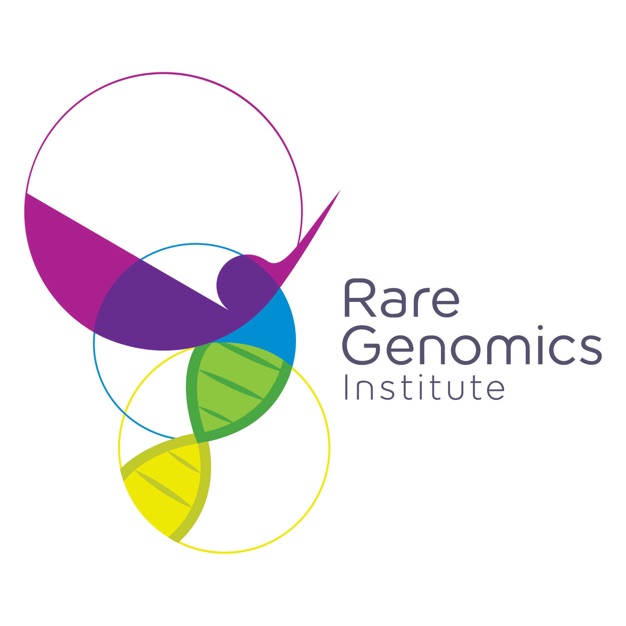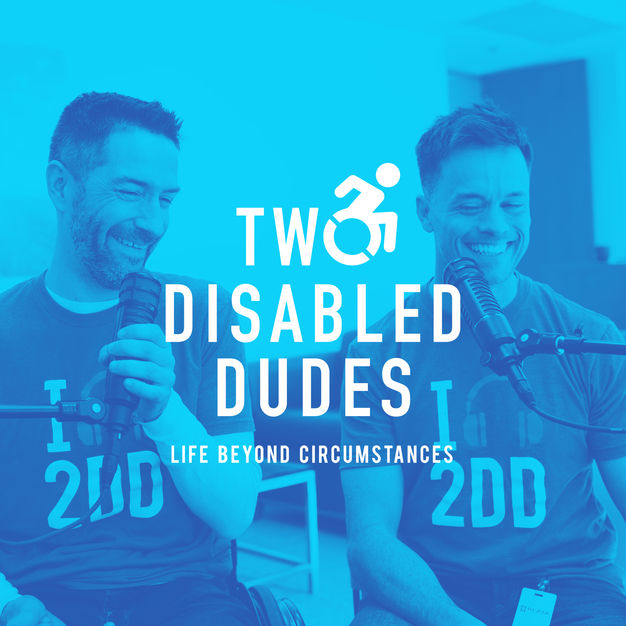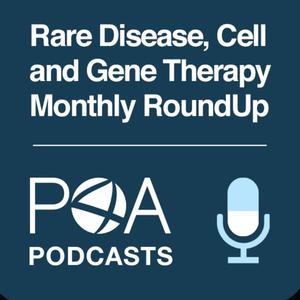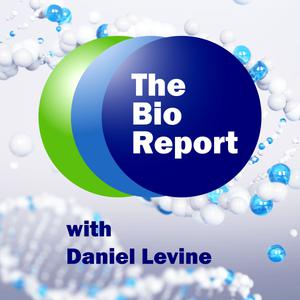
RARECast
RARECast
RARECast is a Global Genes podcast hosted by award-winning journalist Daniel Levine. It focuses on the intersection of rare disease with business, science, and policy.
- 31 minutes 53 secondsEngineering B cells to Produce Therapeutic Proteins
Gene therapies that use viral vectors generally are not redosable because once patients are exposed to the virus used to insert the gene, their immune system will become activated against them. Immusoft is using a patient’s own B cell and engineering them to produce needed proteins by transforming them into biofactories without the use of a viral vector. The company’s lead experimental therapy is an autologous B cell therapy engineered to produce the enzyme that people with the rare lysosomal storage disorder MPS I are deficient. We spoke to Sean Ainsworth, CEO of Immusoft, about MPS I, the limits of existing enzyme replacement therapies, and the potential benefits of using engineered B cells to treat people with the metabolic disorder and other conditions.
19 December 2024, 8:00 am - 28 minutes 15 secondsA Pipeline Win as BridgeBio Learns to Balance Theory with Practice
BridgeBio has been an innovator in applying portfolio theory to its business model as a way to broaden access to capital. The company recently had a big win with its approval for Attruby, its treatment for the rare condition transthyretin amyloidosis cardiomyopathy. The approval is a boost for the company, which, like many biotechs, had to scale back on programs in the face of the downturn in capital markets in recent years. We spoke to Neil Kumar, co-founder and CEO of BridgeBio, about the approval of Attruby, the company’s late-stage pipeline, and what he’s learned about its business model in the process.
12 December 2024, 8:00 am - 36 minutes 5 secondsConsidering What It Will Take for Payers to Embrace Advances in Sequencing
The Genomic Answers for Kids program at Children's Mercy Kansas City has increased access to cutting-edge genomic sequencing for children suspected of having rare genetic diseases and improved the diagnostic yield of these tests. The program has collected samples from 8,000 rare disease patients and their family members and diagnosed about 2,000 people to date. Nevertheless, payers have been reluctant to increase reimbursement rates for more comprehensive genomic testing, posing a challenge to its sustained and expanded use for children who can benefit from it. We spoke to Tomi Pastinen, director of the Center for Pediatric Genomic Medicine at Children’s Mercy Kansas City, about the success of the program to date, the reimbursement challenges, and the future of the technology.
5 December 2024, 8:00 am - 38 minutes 7 secondsFinding Strength
Anthony Monaco takes part in weightlifting and crossfit competitions, but that came only after he was diagnosed at the age of 19 with the rare, neuromuscular condition Friedreich’s ataxia. As the condition progressed, he had to give up on his plans of becoming at tattoo artist. Once he became reliant on a wheelchair, he began to withdraw from the world, not wanting people to see his disability on full display. That changed when he went with a friend on an extended cross-country trip that provided him with a new outlook on life. We spoke to Monaco about coming to terms with his diagnosis, how he was forced to abandon some dreams, and how he was able to find new ones to pursue.
27 November 2024, 8:00 am - 35 minutes 17 secondsA Non-Profit Works to Advance a DMD Gene Therapy
Genethon, the non-profit gene therapy developer created by the patient association AFM-Telethon, began working with Sarepta Therapeutics in 2017 to develop a gene therapy for the rare neuromuscular condition Duchenne muscular dystrophy. Now that Sarepta has won approval for a separate gene therapy to treat the condition, Genethon is advancing development of its experimental gene therapy on its own. We spoke to Frederic Revah, CEO of Genethon, about Duchenne, the organization’s efforts to complete clinical development of its gene therapy for the condition, and how it might commercialize the treatment.
21 November 2024, 8:00 am - 47 minutes 17 secondsAccepting What We Can’t Understand
In “More than We Expected: Five Years with a Remarkable Child,” James Robinson recounts the life and death of his son Nadav, who was born with a congenital heart condition. The book follows the family’s efforts to address and manage Nadav’s rare condition. As tragic as losing a child is, Robinson says his book is not a sad story. In fact, the book is filled with Robinson’s encounters with the wonders of parenthood, human kindness, and unexpected connections. We spoke to Robinson about his experience as the father of a child with a rare disease, life in hospital wards across two continents, and the feeling of pride in his son that remains.
14 November 2024, 8:00 am - 49 minutes 3 secondsA Gene Therapy Company Born from a Father’s Efforts to Save his Daughter
Noam Baumatz entered the world of gene therapy as a father in pursuit of a life-savings treatment for his daughter Noga, who was born with an ultra-rare immunodeficiency. Though she died before a treatment could be developed, Baumatz launched Noga Therapeutics to try to help others in the rare disease community. The company’s platform technology uses lentiviral-based vectors to genetically reprogram blood stem cells. It is developing therapies for both rare and common diseases. We spoke to Baumatz about his experience with his daughter, the vision for Noga Therapeutics, and the company’s business decision to pursue both rare and common diseases.
7 November 2024, 8:00 am - 26 minutes 54 secondsLowering Barriers to Clinical Trial Participation with Do-It-Yourself Blood Sample Collection31 October 2024, 7:00 am
- 31 minutes 32 secondsScaling N-of-1 Therapies to Viability
The work of Boston Children’s Hospital’s Timothy Yu to develop a customized antisense oligonucleotide to treat Mila, a child with an ultra-rare neurodegenerative disease, created much excitement for the potential of N-of-1 therapies. Julia Vitarello, Mila’s mother, has talked about going from Mila to millions and co-founded EveryONE Medicines to enable the development of individualized therapies on a large scale. Earlier this year the company named industry veteran Kent Rogers as its CEO. We spoke to Rogers about the challenges of building a sustainable business model for the development of individualized therapies, the regulatory hurdles it may face, and what it will take to get payers to embrace such medicines.
24 October 2024, 7:00 am - 40 minutes 8 secondsBuilding Gene Therapies that Address Gain and Loss of Function Simultaneously
For some genetic diseases, there is not only the need to replace the function of a gene that is lost, but to also address toxicities that a mutated gene may cause. There is currently no available treatment targeting diseases that result from both loss and gain of function mutations. NGGT uses dual-functional vectors to simultaneously remove harmful, mutated genes and replace them with normal, healthy genes to restore cellular function. We spoke to Guang Qu, chief operating officer and co-founder of NGGT, about the company’s approach to gene therapies, how it is leveraging its platform technologies to cost-effectively accelerate development of these therapies, and the pipeline it is building.
17 October 2024, 7:00 am - 31 minutes 30 secondsHow One Woman Climbed from Patient to Advocate
Allison Freedman was an avid hiker, mother of young twins, and had just completed an MBA when she began suffering from severe back and rib pain and overwhelming fatigue. Repeated visits to the doctor and medical testing left her without a diagnosis. As her pain worsened, imaging revealed she had multiple broken ribs and vertebrae. At 42, a bone marrow biopsy confirmed that she had the blood cancer multiple myeloma. Freedman underwent intensive treatment including chemotherapy and a stem cell transplant. At one point she became bedridden. Though she went into remission, she had been unable to live the active lifestyle she previously enjoyed and took to physical therapy to build back her strength and regain her abilities. At 50, she managed to climb Mount Kilimanjaro in Tanzania and now mentors others with multiple myeloma. We spoke to Freedman about her journey through diagnosis and treatment, her recovery, and why she went from not wanting to talk about her condition to being a patient advocate.
10 October 2024, 7:00 am - More Episodes? Get the App
Your feedback is valuable to us. Should you encounter any bugs, glitches, lack of functionality or other problems, please email us on [email protected] or join Moon.FM Telegram Group where you can talk directly to the dev team who are happy to answer any queries.
 Rare Genomics / RareShare Podcast Series: Ask the Expert & Patient Navigation
Rare Genomics / RareShare Podcast Series: Ask the Expert & Patient Navigation
 Two Disabled Dudes Podcast
Two Disabled Dudes Podcast
 Rare Disease, Cell & Gene Therapy Monthly RoundUp
Rare Disease, Cell & Gene Therapy Monthly RoundUp
 The Bio Report
The Bio Report
 Novel Targets
Novel Targets
 Mendelspod Podcast
Mendelspod Podcast